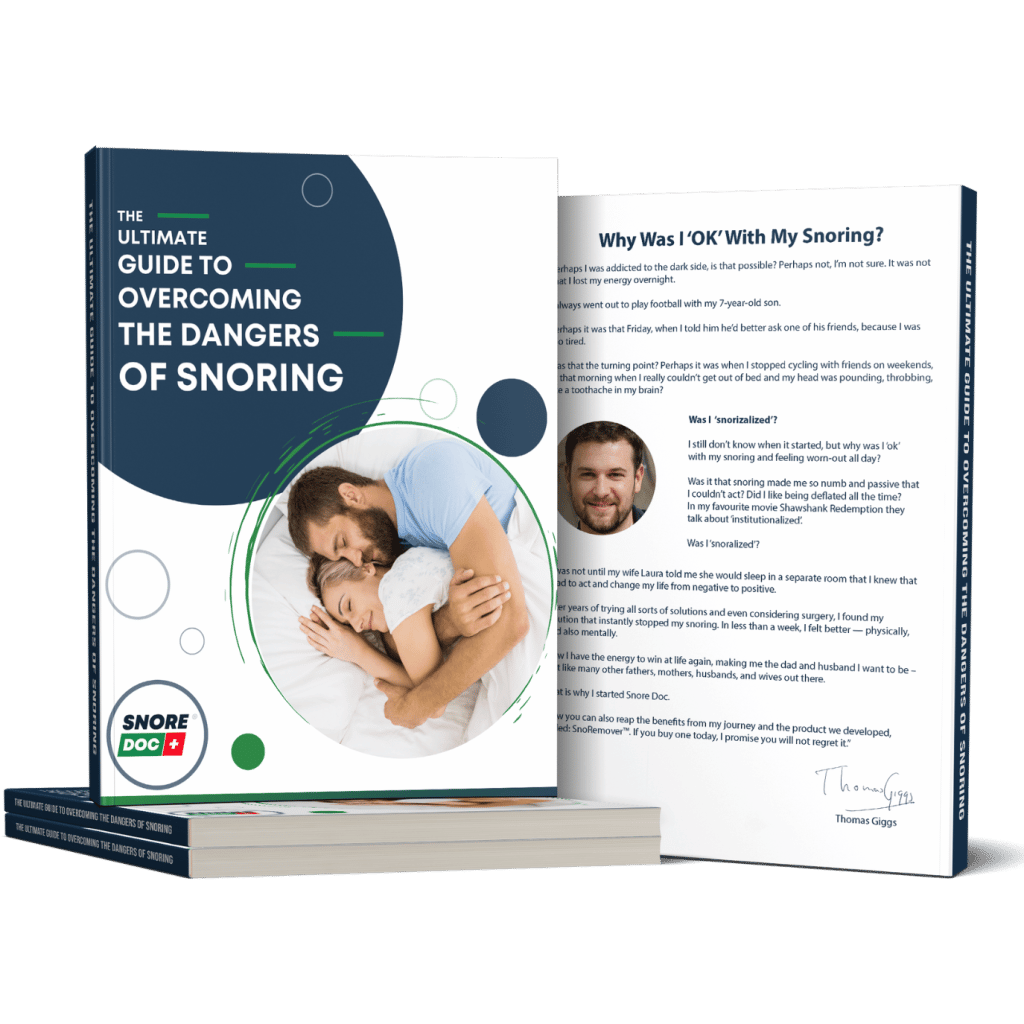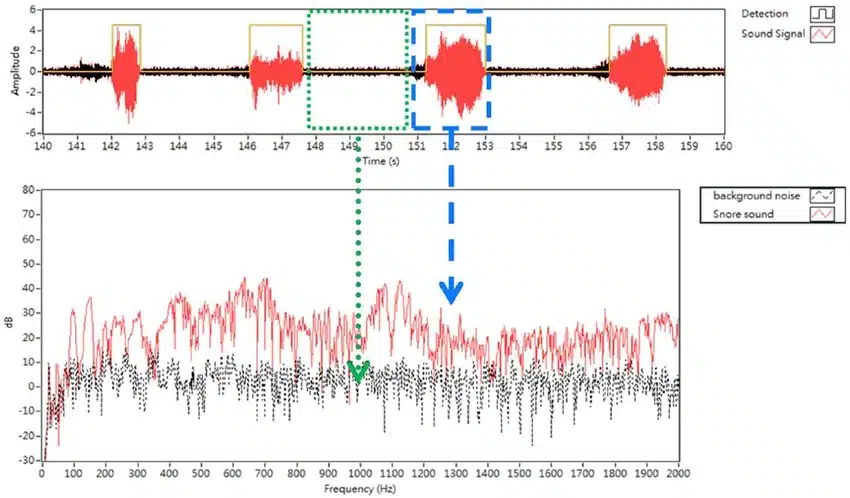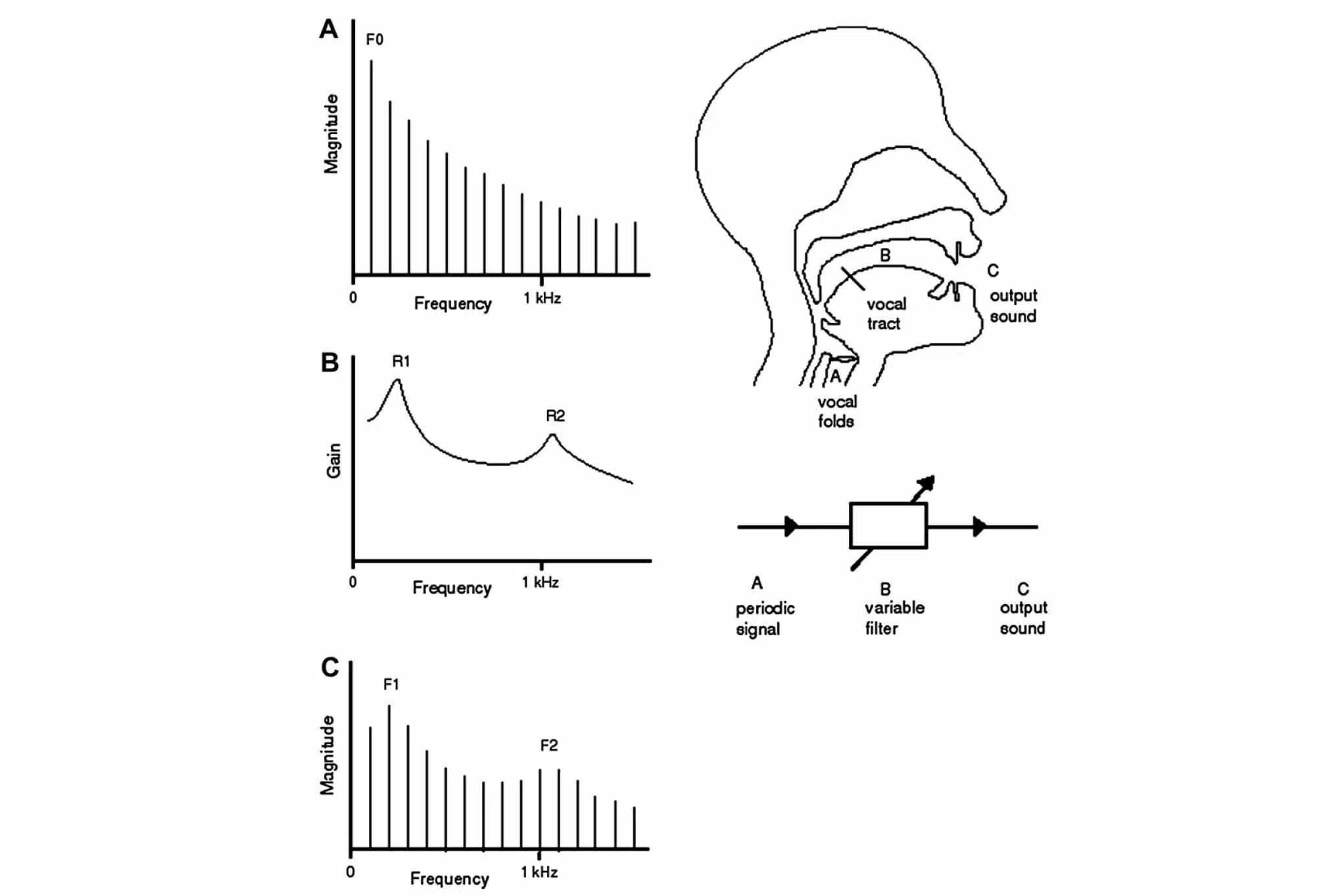All of us at some point in our lives have been affected by loud snorers. The very fact that the person making the noise doesn’t isn’t doing it on purpose does little to curb the frustration of someone laying next to a snorer and getting next to no sleep themselves!
Almost half of all people on earth regularly snore in some way, shape or form (American Academy of Sleep Medicine 2020), so if you do snore, you’re most certainly not on your own. In truth, we all snore to some degree and of the 51% of people who don’t profess to snoring every night, the chances are that they do snore… sometimes.
Download our free anti-snoring guide

A Bona Fide Science
Due to the widespread prevalence of snoring, the annoyance it can cause to others and the health issues it can point to, there have been many medical studies conducted in an attempt to fully understand snoring (Mayo Clinic 2020). As a result, there is real science behind the acoustics of snoring and why it happens in the way it does. The particular subset of snoring science we look at here deals with the acoustics aspect.
You’ve probably noticed that not all snoring is the same. Depending on who’s snoring and why, snoring sounds range from a bassy snore that resembles a minor earthquake, right the way up to high pitched snores that sound more like a woodpecker than a human being!
So, Why Does Snoring Occur?
So, before we get into the precise mechanics of snoring sounds, let’s take a quick look at the human respiratory process from a layman’s point of view. So, when you inhale, the flow of air goes in through the mouth or nose and then past the larynx, which then connects to a tube called the trachea, before splitting into two and entering the lungs.
During the exhalation part of breathing, the air moves in the opposite direction and any obstructions that are present can cause a vibration in the throat that causes that unmistakable sound. This can be caused by the tongue flopping back or the throat constricting because of throat muscle relaxation and the greater the obstruction – the louder the snore!
And Why Do Snoring Sounds Vary So Much?

The reason why some snore like a dozing bear and others like a chihuahua is that different conditions in the throat create different sounds. It is just a simple matter of acoustics of snoring and the shapes that are created by the larynx and the soft palate affect the sound that comes out of it.
The three main characteristics of snoring are intensity, pitch and tone, with the intensity determining the overall volume. The pitch relates to whether the sound is a high or low frequency, resulting in either a high-pitched sound like a whistle or a low pitched sound like a fog horn. Lastly, the tone relates to the smooth or roughness of the snoring sound.
Variations in Pitch
In science behind the acoustics of snoring, medical advancements now allow doctors to assess the acoustic properties of snoring using a technique called nasendoscopy (Researchgate 1998). This procedure has allowed science to determine that low pitched snoring as a sound lies in a frequency range that’s lower than 500 Hertz (Hz) and high pitched snoring occurs in a frequency above 500 Hz.
Snoring happens when obstructions cause turbulence and vibration in the tissues around the neck and it tends to happen when throat muscles become relaxed and narrow the passageway. The narrower the throat, the great the vibrations and the louder the snore.
High pitch snoring tends to occur when the soft palate is not involved, causing more of a ‘noise’ than a vibration. The precise reason why the bassy sounds aren’t present is precisely because the obstruction that’s causing the snoring isn’t vibrating the soft palate. If you think of it in terms of a speaker, higher pitched snores occur because the larger part – the ‘woofer’ – isn’t being used.
Low pitch snoring, on the other hand, occurs when the conditions exist to cause a vibration to the soft palate – which is essentially the floppy, fleshy part between your mouth and your nasal passages. Low pitch snoring vibration of the soft palate creates the bassy sounds that can end up shaking the glass on your night stand! When the throat constricts most and the soft palate is involved, that’s when the serious snoring happens that has both low pitch and lots of volume.
The Contributing Factors

Of course, some of the factors that determine whether you’re a snorer or not, will be genetic, however, there are some other contributing factors behind the acoustics of snoring that create the conditions that determine whether the soft palate between the tongue and the pharynx (the nasal passages) is made to vibrate or not.
• Age: The throat becomes narrower as we age
• Weight: obesity causes fat to accumulate around the neck, placing external pressure on the airways
• Whether your nose is blocked: often due to colds
• Anatomy: as a deviated septum can hinder airflow
• Alcohol & drug consumption: as over-relaxation can cause the throat muscles to become too relaxed and the brain has reduced control over you throat muscles
• Sleeping position: as when your chest touches the bed, it can increase your chances of low-frequency snoring
• Sleep deprivation: as lack of sleep can result in tired throat muscles as you attempt to sleep
Any one of us can experience one or multiple conditions listed above, but the chances are if you’re a 65 year old, drunk, overweight person with a cold, a deviated septum who sleeps on your belly every night, the odds are that you’re going to snore!
A Science That’s Still in Its Infancy
The science of snoring is still something that’s being explored and there’s still much to know, but there are steps you can take to reduce your chances of snoring – be it either frequent, infrequent, high or low-pitched snoring that you’re experiencing.
This fascinating topic, however, is something that touches us all and the more we know, the better chance we have of understanding how to prevent snoring for good. Then spouses all across the world can stop getting angry with their partners, take a long and deep sigh of relief and get a good night’s sleep.

